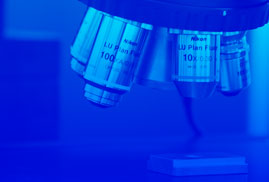The machining of large blanks requires long prior alignment times in the machine. The alignment process requires two stages: first, characterisation of the blank geometry and marking of alignment references, and second, its alignment in the machine. This process requires experienced personnel and, in addition to the high labour cost and machine availability, there is a risk of not guaranteeing an adequate distribution of excess material available on all the surfaces to be machined, which results in the final rejection of the workpiece. This work presents an approach of 3D vision integrated into a machine-tool based on photogrammetric technology that allows the level of automation and reliability to be increased in the alignment processes, and it is capable of independently verifying and calculating the optimal alignment of a blank.


